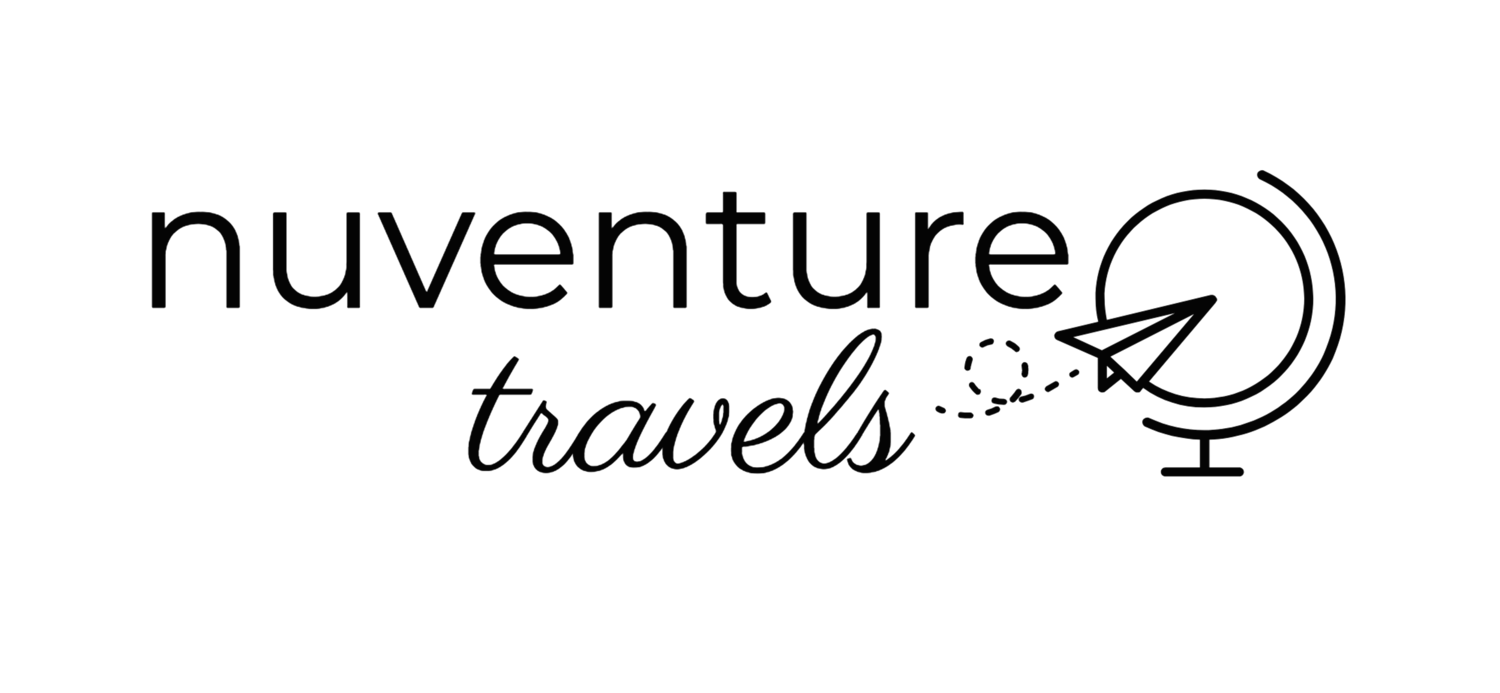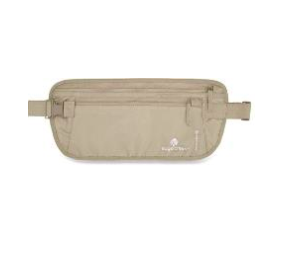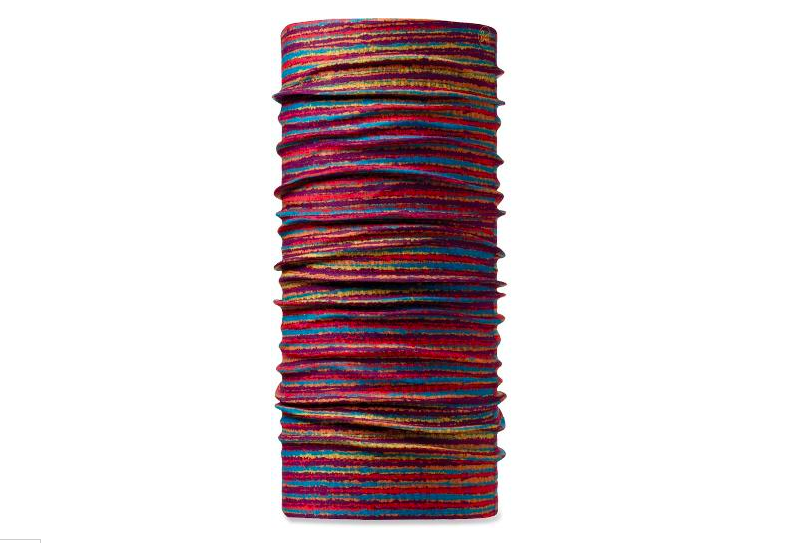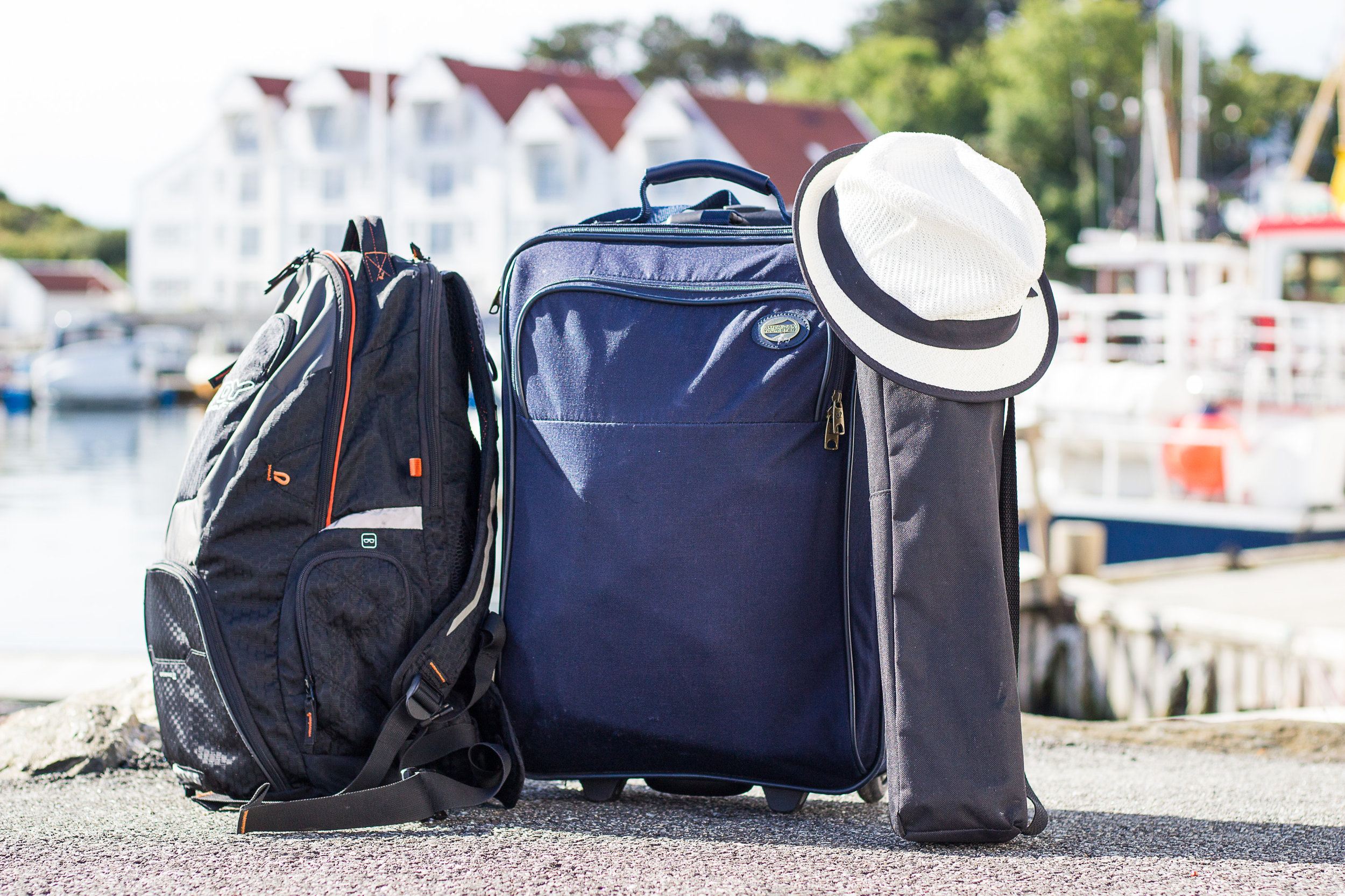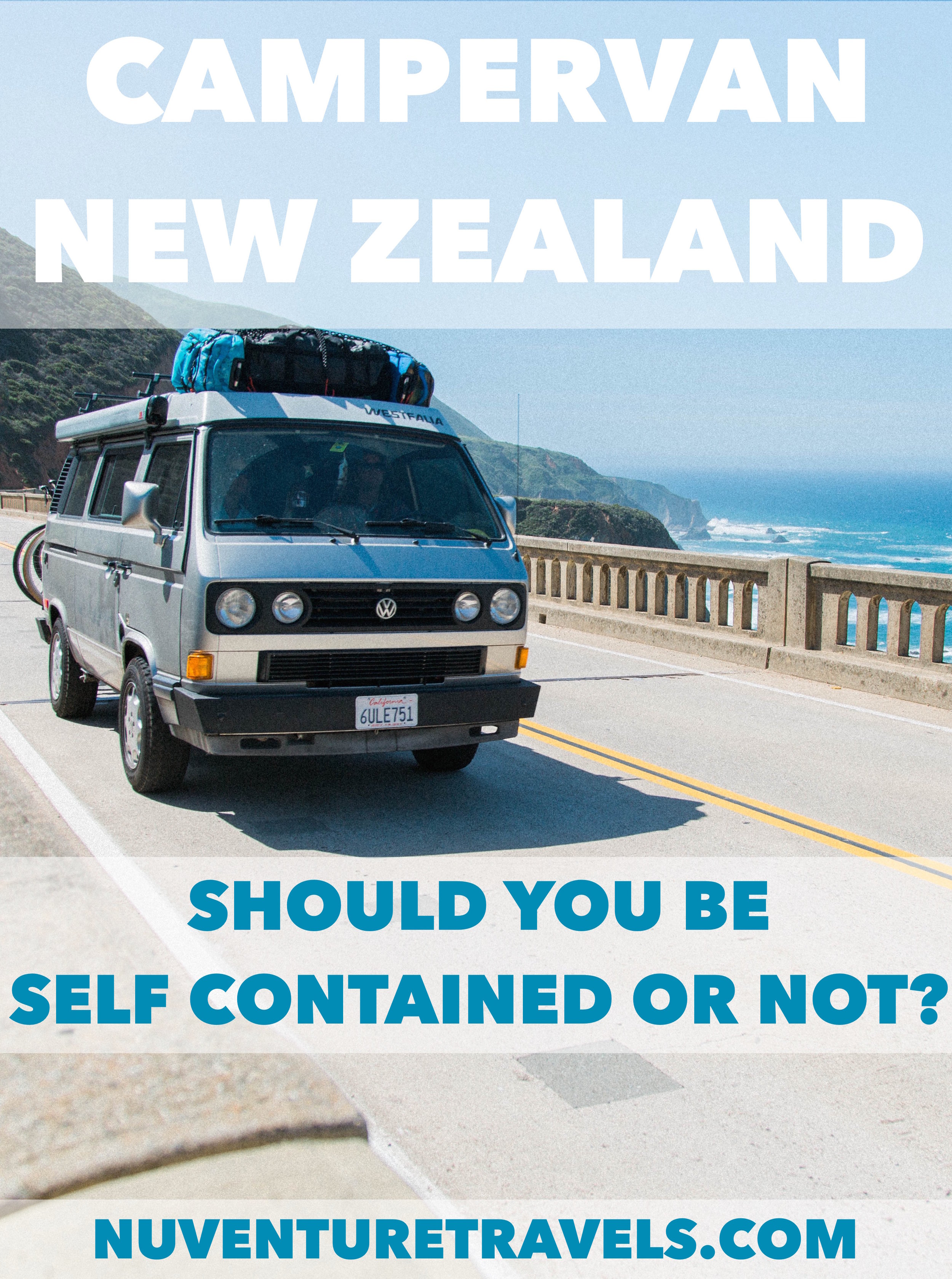What should you know before visiting the Parthenon and Acropolis? Here's eight tips for your trip I wish I'd known before going.
8 Tips to Visit the Acropolis & Parthenon:
1. Go to the museum first.
We got this advice before going and we totally agree. We recommend going to the museum first to learn the history of the Parthenon so when you get up on Acropolis you know what you're looking at. Also watch the movie they show on the top level of the museum. It quickly shows you the history of the Parthenon. So interesting! And, here's good news, too: The museum's cheaper than a ticket to Acropolis. It's only 5 euro and is air conditioned:)
2. Consider splitting up your visit to the museum and Acropolis into two different days.
There's so much to learn and see! We split our visit to the museum and going up on Acropolis into two days. We (I mean Adam) likes to read every placard and sign. After several hour of this, my brain's fried. So, we spent half a day in the museum and I spent another half a day on Acropolis (Adam wasn't interested in going- so I went solo). You're learning centuries worth of history here. This makes for a great but exhausting experience if you try to cram it all in.
3. Go to the Acropolis early.
I went around lunch at the heat of the day. Mistake! This meant the lines were long to get in and it was so hot, and so bright up there. I made a lot of mistakes with no sunscreen, no water bottle, no hat. I ended my experience fried, dehydrated and exhausted. Learn from my mistakes, and make sure to pack these items.
4. Make sure you're in the right ticket line.
To get a ticket to enter the Acropolis and head up to the top, you have to pay 20 Euro at the ticket booth. However, there's two lines to buy tickets. One line is for credit cards and the other one's for cash. There's little or no signage to know which line is which, so make sure you're in the right one. This leads to my next tip.
5. Eat before you go and pack lots of water.
The ticket lines are long and you'll want to spend several hours exploring, so make sure you go on a full belly, pack a snack, and carry water with you to stay hydrated in the lines and up on Acropolis. There's lots of cheap gyro places with bottles of water near the entrance to the Acropolis to get stocked up.
6. Prepare for the intense sun and bright surroundings!
This means pack your sunglasses, hat, I recommend an umbrella even, and sunscreen. The Acropolis and the area surrounding the Parthenon is very exposed to the intense sun and has little shade. To make the sun's rays even more intense, there's white rock reflecting light at every angle making it super bright up there. So, make sure you're ready for it. Check out my packing list for visiting the Acropolis and Parthenon here.
7. Wear shoes with good traction.
The ground is uneven and it's slippery up there! The rock is so warn down from centuries of heavy traffic, I was slipping around up there with my shoes with no traction. I don't recommend flip flops. Make sure to wear shoes with good traction. Again, see my packing advice here.
8. Take your time and enjoy it up there!
I share all of these hydration and gear tips to help you prepare for a comfortable experience so you can stay as long as you'd like learning, seeing and exploring. The Parthenon is over 2,400 years old and is still standing. What a special place in the world. Enjoy it and soak it in!
9. Bonus: Read Before You Go
One of the biggest lessons we've learned on our travels is to read a book about the places and topics you'll be traveling to. It's just like when people tell us to read the book before seeing the movie. You learn so many more details from a book than the movie can provide. And once you see the movie, you'll know all the background details and you appreciate the visuals. Same with reading a book before you visit somewhere. By reading the history of the Parthenon before arriving, you'll have a better understanding of this special place and appreciate your visit even more. You'll be able to visualize what happened there.
We recommend these two books to learn more about Acropolis and the Parthenon before you visit:
